Speaking Up for Courageous Women Who Spoke Up and Changed the World, a guest post by Nancy Churnin
When we think of women who spoke up and changed the world, the same few names come to mind, particularly the late Supreme Court Justice Ruth Bader Ginsburg. While Justice Ginsburg is a wonderful and worthy subject, why are there multiple books about her and none about others including Henrietta Szold, whom Justice Ginsburg credits for inspiration?
Did you know that Henrietta Szold showed Justice Ginsburg that women could defy the expectations society had for women by founding the first night school in America to give immigrants the education they needed to succeed in their new country, creating Hadassah, the first charity created and run by women, and saving 11,000 children during the Holocaust?
ADVERTISEMENT
ADVERTISEMENT
In fact, Justice Ginsburg wrote of Szold: “Szold’s plea for celebration of our common heritage while tolerating, indeed appreciating, the differences among us concerning religious practice is captivating. I recall her words even to this day when a colleague’s position betrays a certain lack of understanding.”
Then there are the women that somehow slip through the cracks of history, their impact only seen through the work of others. Did you know that a Jewish woman named Eliza Davis wrote to Charles Dickens, protesting his use of harmful Jewish stereotypes in his book, Oliver Twist? She changed his heart, which changed the way he wrote about Jewish people. Her influence on him influenced England into becoming a more compassionate and inclusive.
I’ve written two new picture book biographies about these remarkable women – the first for each – because they deserve to be better known. I hope that their stories will encourage students to search for more hidden heroines.
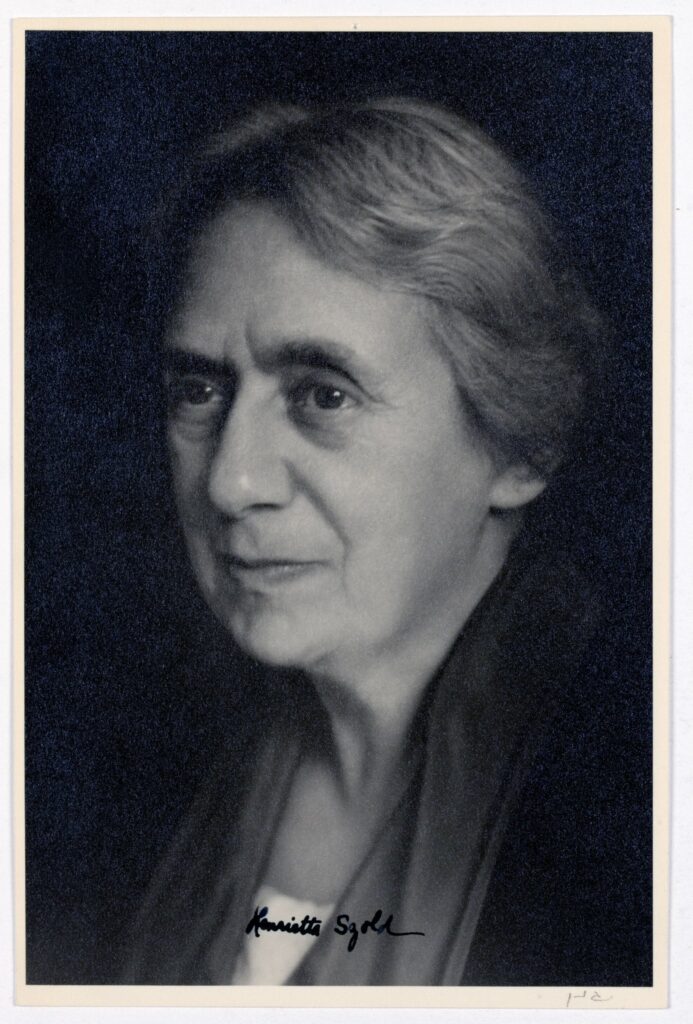
A Queen to the Rescue, the Story of Henrietta Szold, Founder of Hadassah is the story of an incredible woman who saw suffering and devoted her life to creating organizations that would solve the problems she identified. Working with others, she addressed the need for adult education, medical care, food security, and, ultimately, rescue from dangerous situations.
Why hadn’t there been a picture book biography of Henrietta before? One reason is that Henrietta never drew attention to herself. She wasn’t motivated by fame or fortune. In fact, she never wrote an autobiography. The challenge in writing Henrietta’s story was to piece together the details of what she had done from a variety of sources and then figure out why she did what she did. This is the difficult, but also fun part research can play. In looking and looking for an accessible youth-friendly way to share her adult accomplishments, I was aided by a couple of happy discoveries. Hadassah, the charity that Henrietta founded, is the Hebrew name for Esther, the Jewish Queen that is celebrated on Purim for her courage in speaking up to save her people.
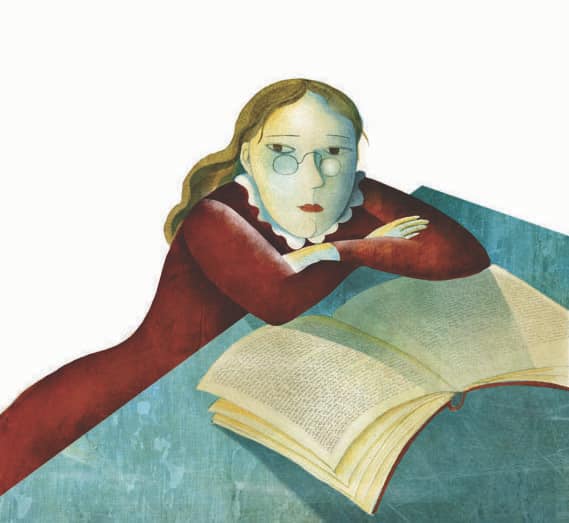
Not only is Hadassah the Hebrew name for Esther, but Henrietta founded Hadassah on Purim! Finally, I learned that when Henrietta traveled to Jerusalem for the first time, she returned in 1909 with an olive wood Purim scroll. She had this cherished item in her possession three years before she founded Hadassah in 1912.
Purim is usually celebrated in a playful way. Kids dress in colorful costumes, eat delicious cookies called hamentashen, and shake noisemakers called groggers. But Henrietta, a student of the Bible and Jewish history, knew that the heart of this celebration is honoring this brave queen who asked her powerful husband, the king, to save her people. To appreciate what a risk Queen Esther took in speaking up to him, this was the same king who had his previous wife killed for disobeying his request to dance for his guests.
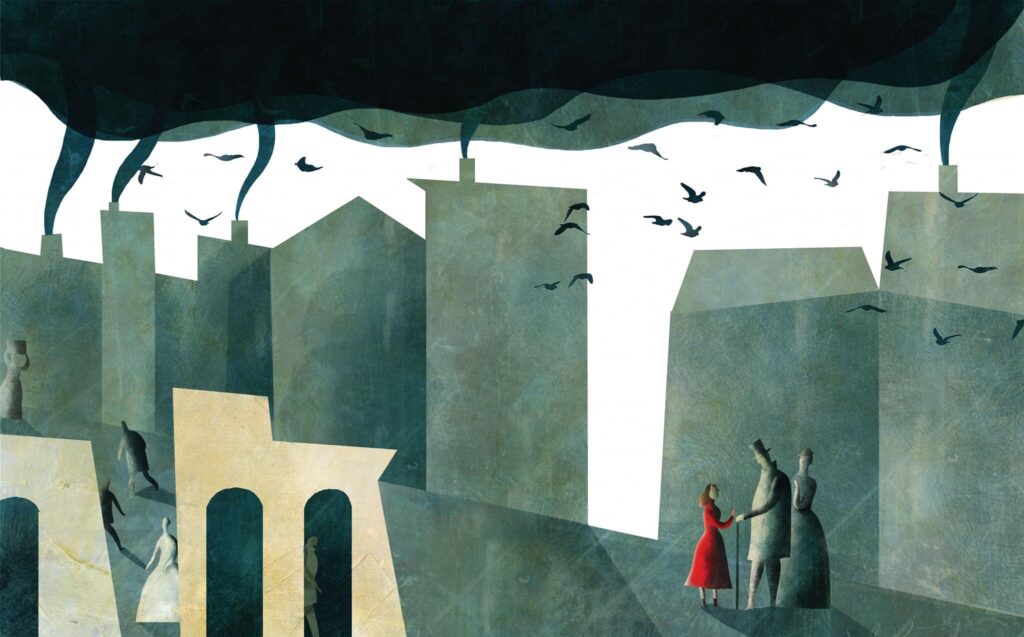
I called the book A Queen to the Rescue, because I knew Henrietta was channeling that courageous queen when she boarded a ship that went to the heart of Nazi Germany, to plead with powerful men to give her visas for Jewish children so she could bring them to safety.
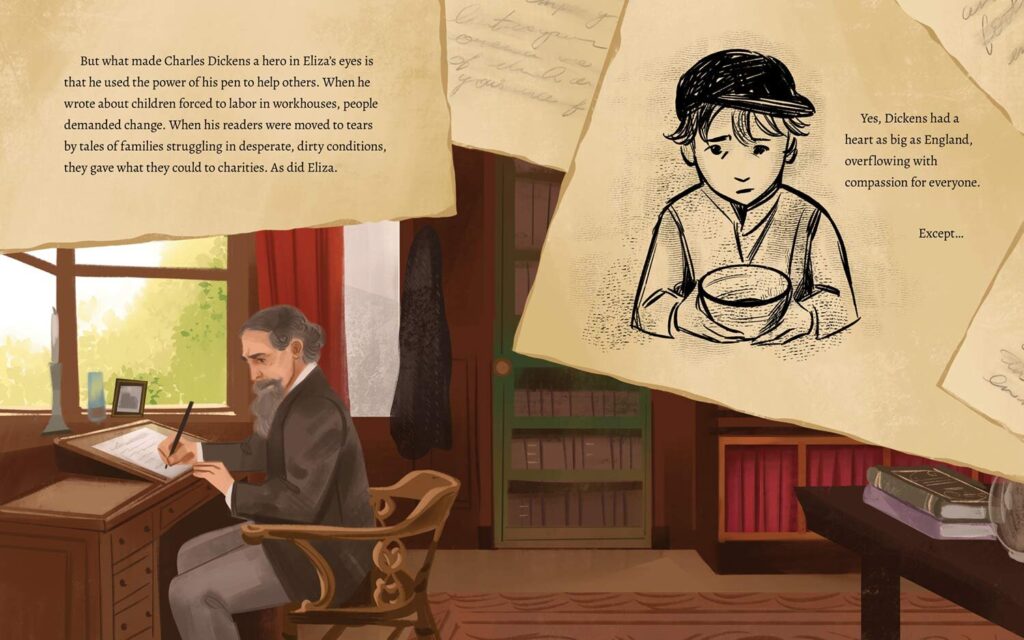
In Dear Mr. Dickens, I don’t make a reference to Queen Esther, but I had her in mind when I thought of Eliza’s courage in speaking up to Charles Dickens, one of the most famous authors of their time.
Dickens may not have been a king, but he was one of the most influential people in England. Everyone read him, from the chimney sweeps to the queen. His books changed social policy, with Oliver’s struggles in Oliver Twist leading to changes in child labor laws.
Eliza needed persistence to succeed in her goal of getting Dickens to listen to her. He rebuffed her first letter. She could have been intimidated and given up. But she dug deep and thought hard of how she could word her request in a way that would make him listen.
As with A Queen to the Rescue, it took detective work to discover and bring my heroine to life. Like Henrietta, Eliza never wrote an autobiography. But I did have the benefit of the letters she exchanged with Dickens – once I was able, with the help of Dickens scholar Professor Don Vann of the University of Texas in Denton, to locate them. I also studied the period she lived in, the prejudice against the Jewish community at that time, and my own heart.
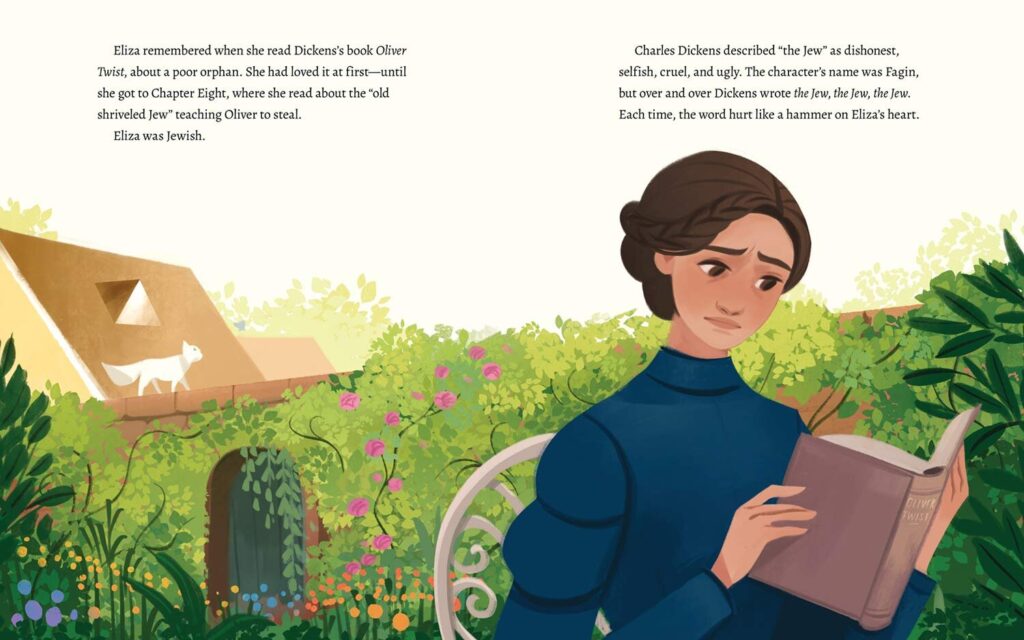
I knew how much it hurt her to read Dickens referring to Fagin as “the Jew, the Jew, the Jew,” because it hurt me, growing up, to read those words as if being Jewish meant being selfish, dishonest, and unkind. I found myself in Eliza, wanting to let Dickens know how painful his ugly stereotype was for her and what damage it could do in stoking prejudice against a community made up of people like Eliza and Henrietta that wanted to do good and help others.
I also found myself in Henrietta. Henrietta devoted herself to helping those in need. Her tools were her skills at organization. My goals are the same as Henrietta’s – to help those in need—but my tools are words. I have tried to use my tools in writing books that show how all of us can make a positive difference in the world. I hope these books will make readers think of how we all have different talents and gifts that can be used to make the world a better place.
Henrietta and Eliza may be lesser-known figures, but there are many more like them, waiting to be discovered. They are among the many women who lit the way to roads that others walked on. They are part of a great relay that passes the baton to the next generation so we can all make our way further down the field to a better and more just world. If there had not been a Henrietta Szold, would there have been a Justice Ginsburg? If there had not been an Eliza Davis, would Jewish people still be struggling for equal rights in England and elsewhere?
When Justice Ginsburg wrote a note to congratulate a young girl on her bat mitzvah, she wrote: “I am enclosing a souvenir for you about two people I admire, Henrietta Szold, founder of Hadassah, and Anne Frank.” Then she directed the young women to further reading on both.
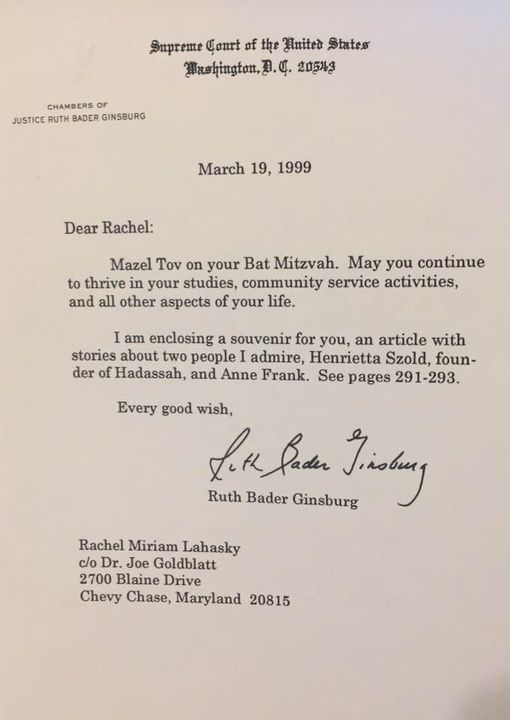
In the spirit of Justice Ginsburg, I am offering these two books as souvenirs of courageous women to whom we owe much. I hope these books encourage further reading and reflection on both. It is long past time to thank them and to consider how the world can change when people dare to stand up for what they believe and speak truth to power.
We can count the number of children Henrietta Szold saved from the Holocaust – 11,000 – but we will never know how many more she saved through a lifetime of work helping immigrants succeed in America and helping residents of Jerusalem survive poverty, get education, and be healed by proper medical care.
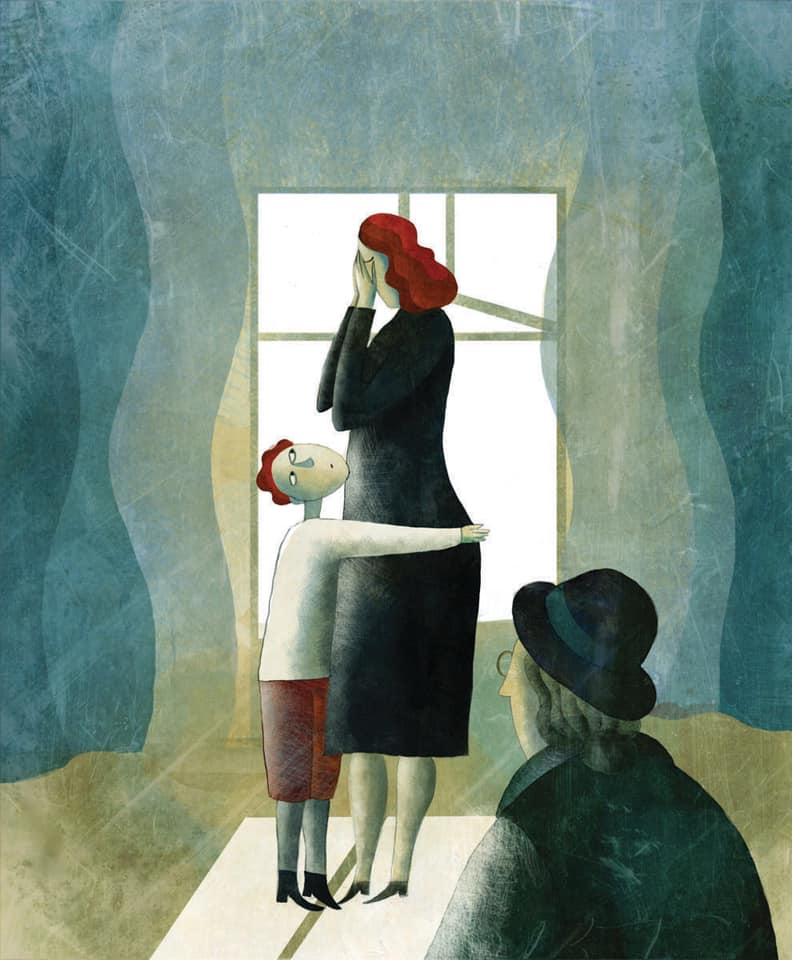
We may not be able to put a number on how many Eliza Davis saved through changing the heart of Charles Dickens. But his words, advocating for Jewish people in his magazines and then later in his creation of the kindly Mr. Riah in Our Mutual Friend, ushered in a very different attitude toward the Jewish community. Would the England that believed Jewish people were like Fagin have supported the Kindertransport, the effort that saved thousands of Jewish children from the Holocaust? I believe it is no coincidence that the English people who read Lizzie Hexam’s words about Jewish people in Our Mutual Friend, that “there cannot be kinder people in the world,” stepped up to save these children starting in 1938.

Representation matters. At a time when women’s rights are increasingly under attack, we need stories about courageous women who refused to accept the limitations that society tried to force on them. At a time when minorities are increasingly marginalized, we need to have stories about characters that give us the representation that brings pride in those who see mirrors of themselves and empathy in those who see others through mirrors that books can provide.
Just as Queen Esther inspired Henrietta and Eliza, I hope Henrietta and Eliza will inspire teens who read these books to channel their spirits to help change the world for the better. To encourage readers to become the heroines and heroes of their own lives, I’ve created a project for both books. For A Queen to the Rescue, the project is Heal the World. With parental and educator permission, I would like to post photos of ways in which teens have helped others on the dedicated Heal the World page on my website nancychurnin.com
For Dear Mr. Dickens, the project is Dear… With parental and educator permission, I would like to post photos of letters teens write to people in positions of influence, asking them to right wrongs or do better on the dedicated Dear… page on my website.
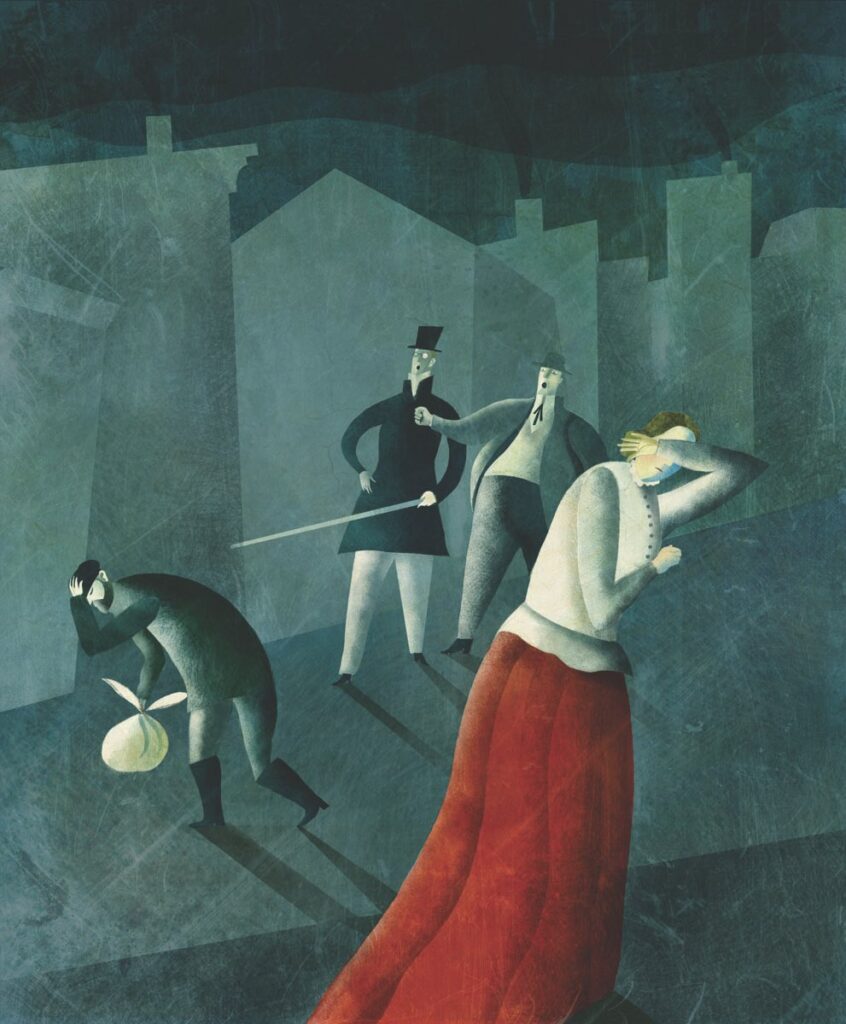
ADVERTISEMENT
ADVERTISEMENT
The best way to honor those who are no longer with us is to carry on their work and take it further down the road of justice. That’s what Justice Ginsburg did with Henrietta Szold’s example. That’s what I hope Henrietta’s and Eliza’s stories will do for a new generation.
Meet the author
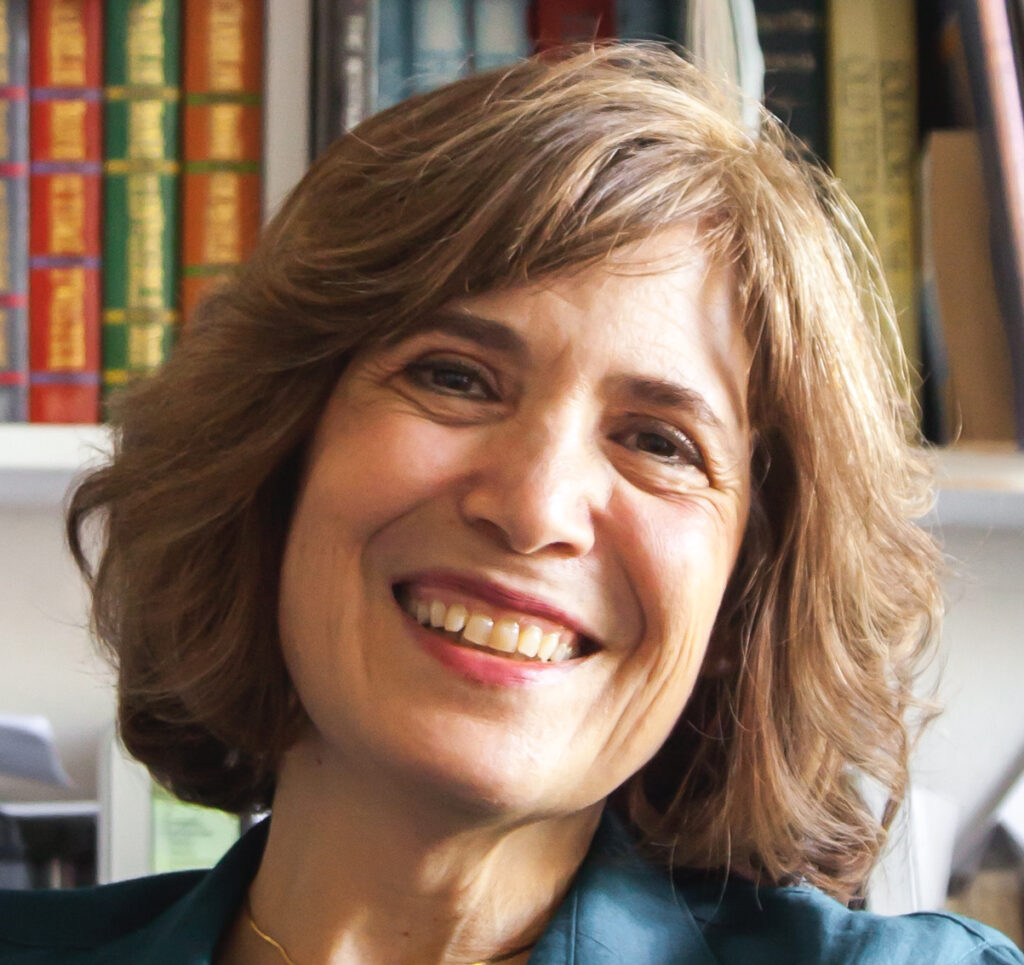
Nancy Churnin is the award-winning author of ten picture books about people who persevered to achieve their dreams and make the world a better place. Among her awards: a Junior Library Guild selection, School Library Journal and Kirkus Starred Reviews, multiple Kids’ Choice Book Awards finalists, multiple Bank Street Books Best Children Books honorees, multiple National Council for the Social Studies Notables, multiple Silver Eureka Awards, multiple inclusions on A Mighty Girl list, Sydney Taylor Notable, Towner Award nominee, Sakura Medal finalist, Notable Book for a Global Society, Anne Izard Storytellers Choice Award and the South Asia Book Award. DEAR MR. DICKENS, illustrated by Bethany Stancliffe (Albert Whitman) and A QUEEN TO THE RESCUE, THE STORY OF Henrietta Szold, FOUNDER OF HADASSAH, illustrated by Yevgenia Nayberg (Creston Books/Lerner Books) debuted in October 2021. A native New Yorker, Nancy lives in North Texas with her family, which includes a dog named Dog and two cantankerous cats.
On Facebook: Nancy Churnin Children’s Books
On Facebook: Nancy Churnin
On Twitter: @nchurninOn
Instagram: @nchurnin

About A Queen to the Rescue: The Story of Henrietta Szold, Founder of Hadassah
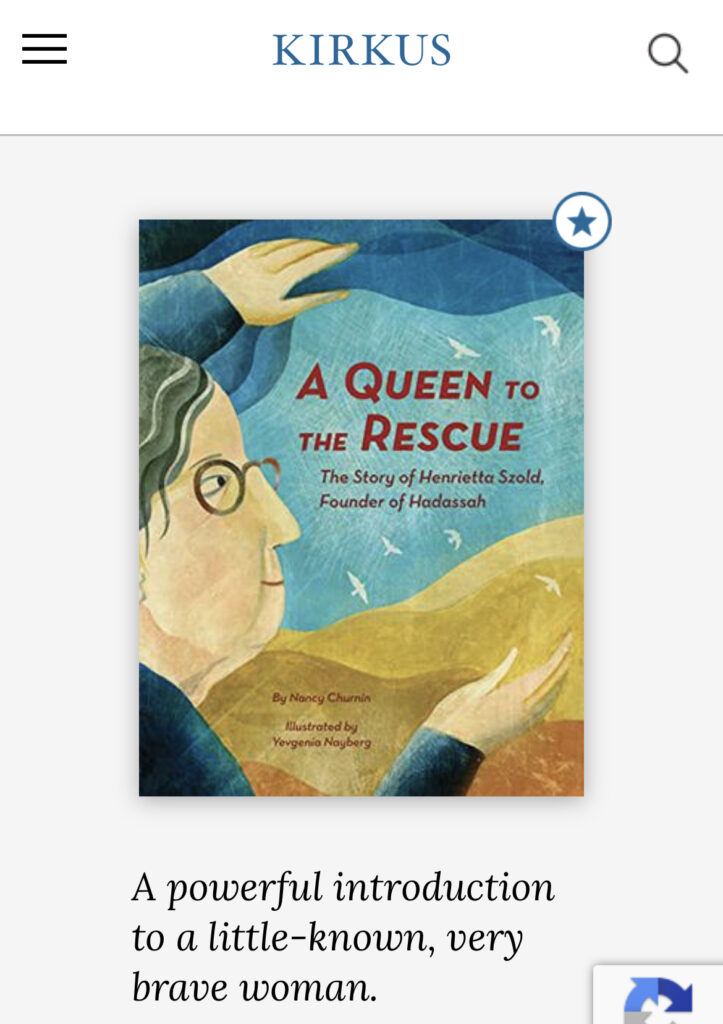
Henrietta Szold took Queen Esther as a model and worked hard to save the Jewish people. In 1912, she founded the Jewish women’s social justice organization, Hadassah. Henrietta started Hadassah determined to offer emergency medical care to mothers and children in Palestine. When WWII broke out, she rescued Jewish children from the Holocaust, and broadened Hadassah’s mission to include education, youth development, and women’s rights. Hadassah offers free help to all who need it and continues its mission to this day.
ISBN-13: 9781939547958
Publisher: Creston Books
Publication date: 10/05/2021
Age Range: 10 Years +
About Dear Mr. Dickens
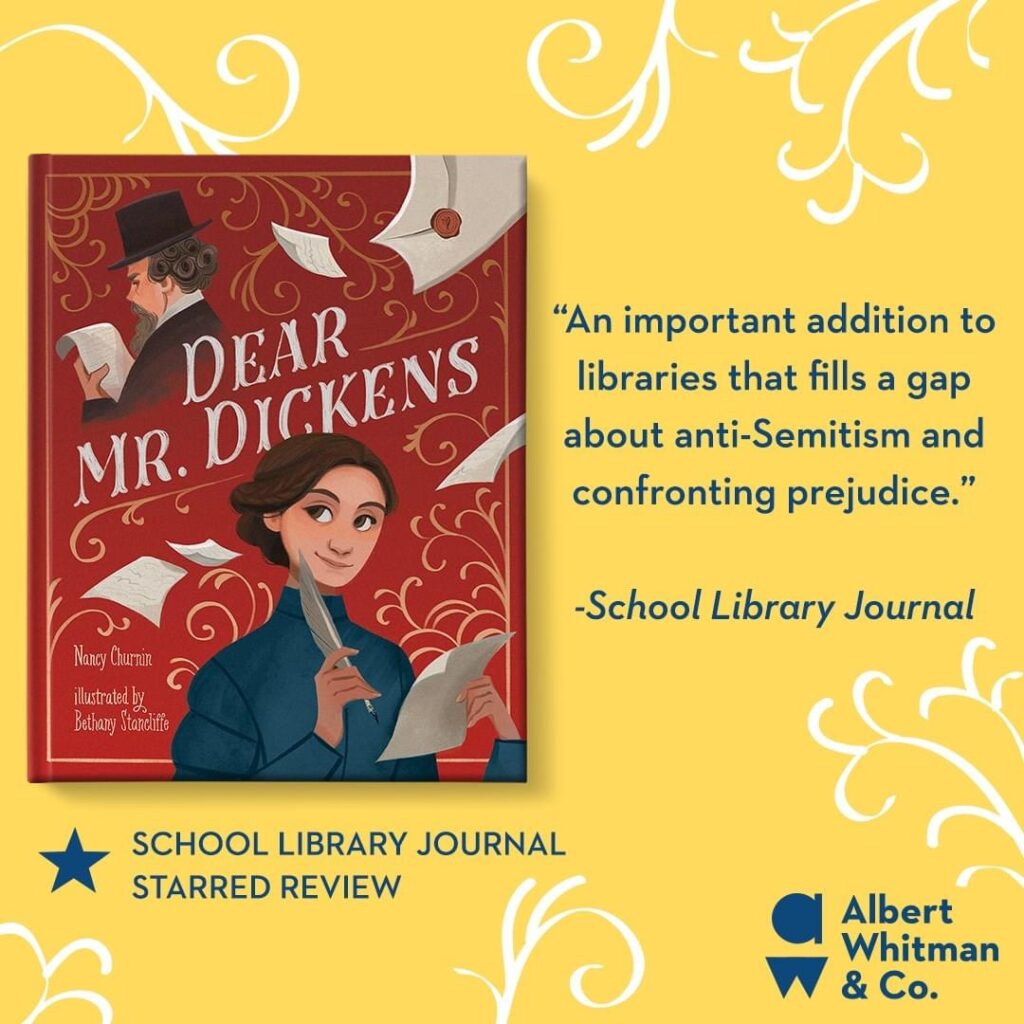
In Eliza Davis’s day, Charles Dickens was the most celebrated living writer in England. But some of his books reflected a prejudice that was all too common at the time: prejudice against Jewish people. Eliza was Jewish, and her heart hurt to see a Jewish character in Oliver Twist portrayed as ugly and selfish. She wanted to speak out about how unfair that was, even if it meant speaking out against the great man himself. So she wrote a letter to Charles Dickens. What happened next is history.
ISBN-13: 9780807515303
Publisher: Whitman, Albert & Company
Publication date: 10/01/2021
Age Range: 4 – 8 Years
Filed under: Uncategorized
About Amanda MacGregor
Amanda MacGregor works in an elementary library, loves dogs, and can be found on Twitter @CiteSomething.
ADVERTISEMENT
ADVERTISEMENT
SLJ Blog Network
The Best Children’s Books of 2024 (According to Amazon)
The Scourge of Upside Down Knitting Needles: 2024 Edition
Exclusive: Random House Graphic to Launch Global Comic Line Ink Pop | News
The Seven Bills That Will Safeguard the Future of School Librarianship
Gayle Forman Visits The Yarn!
ADVERTISEMENT

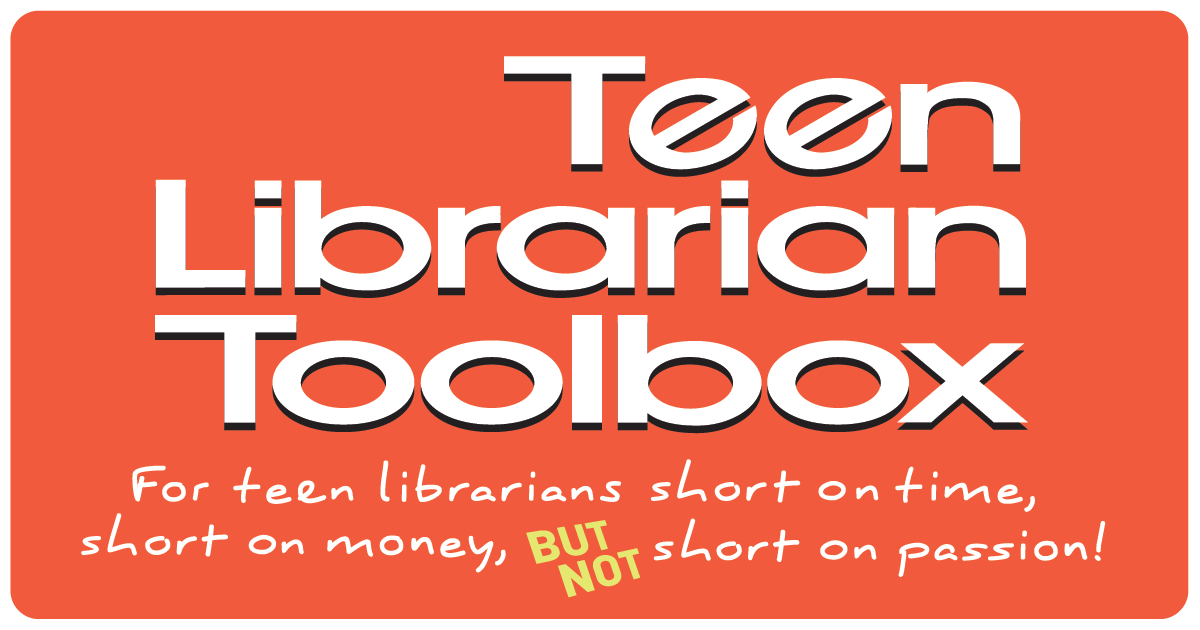
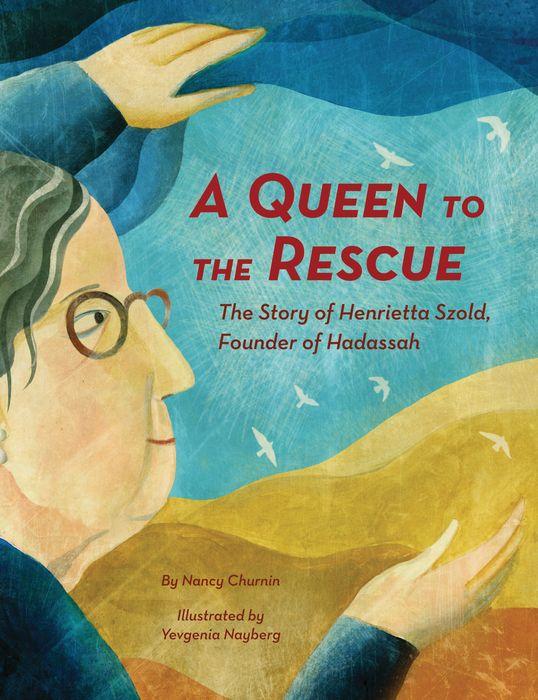
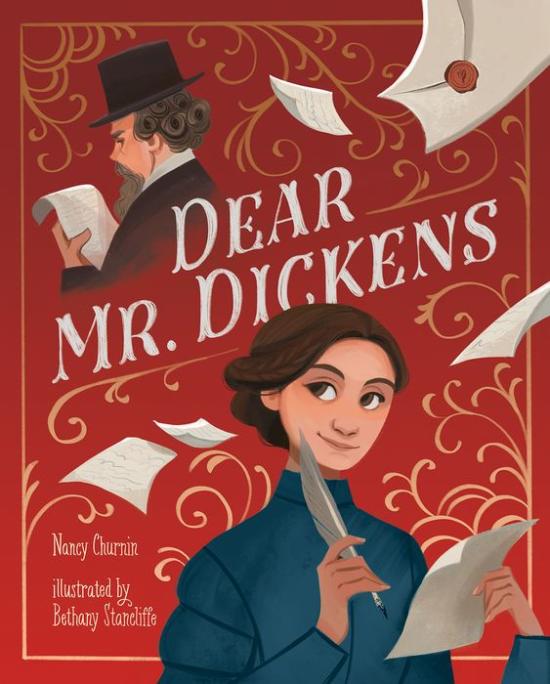

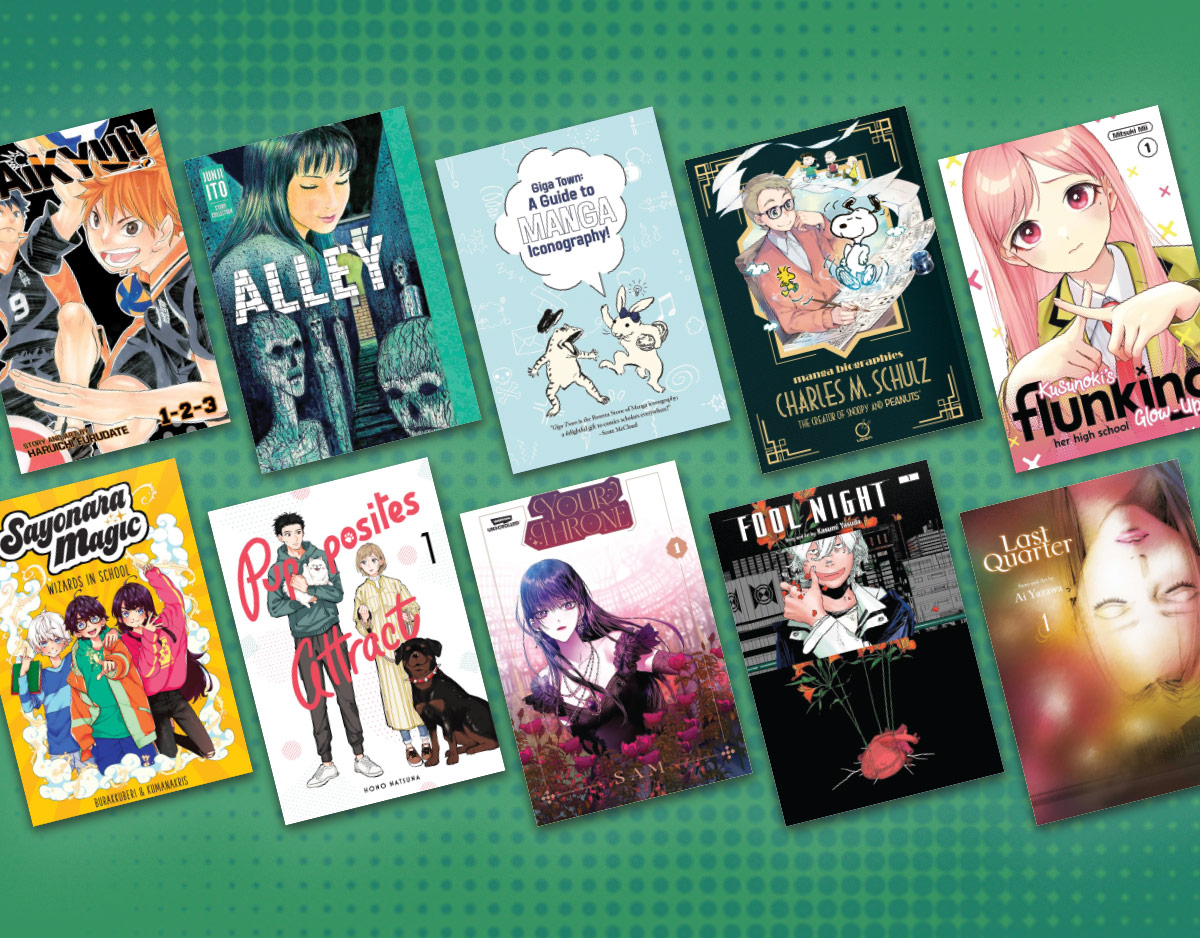
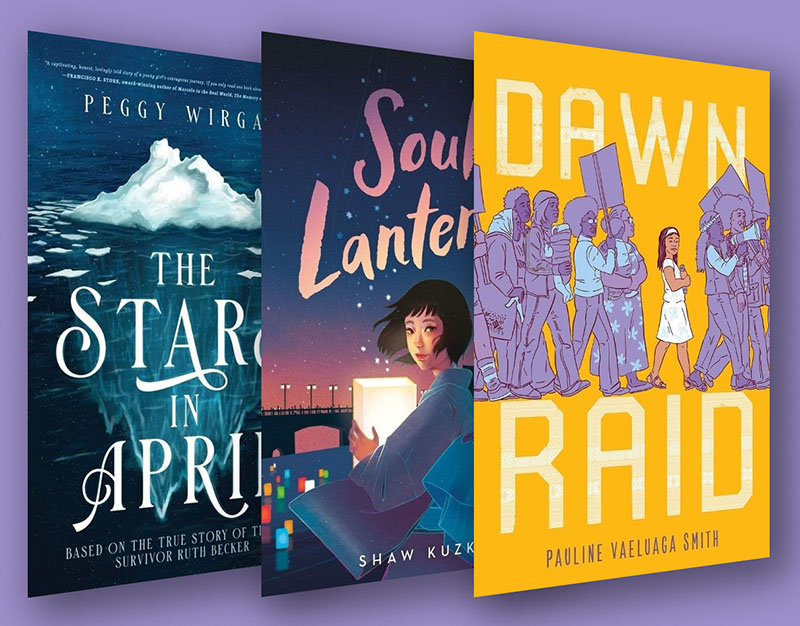
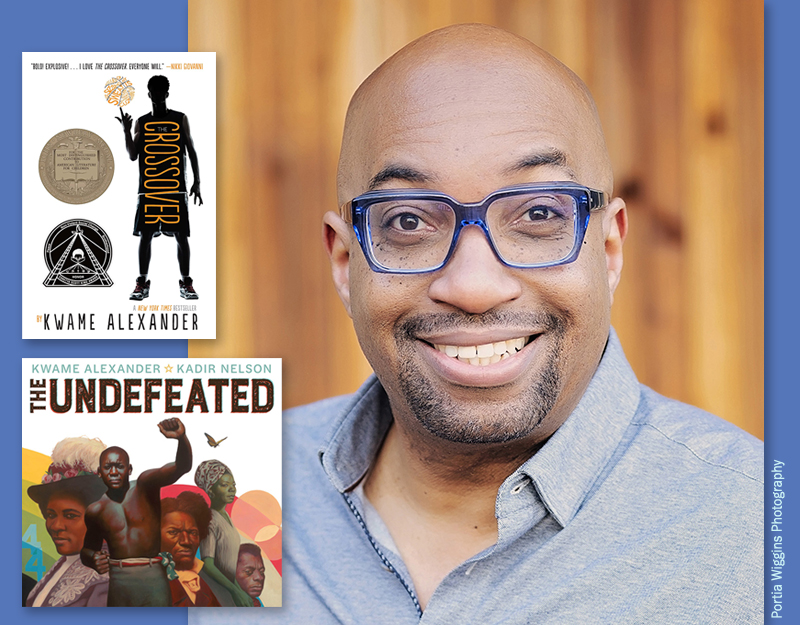
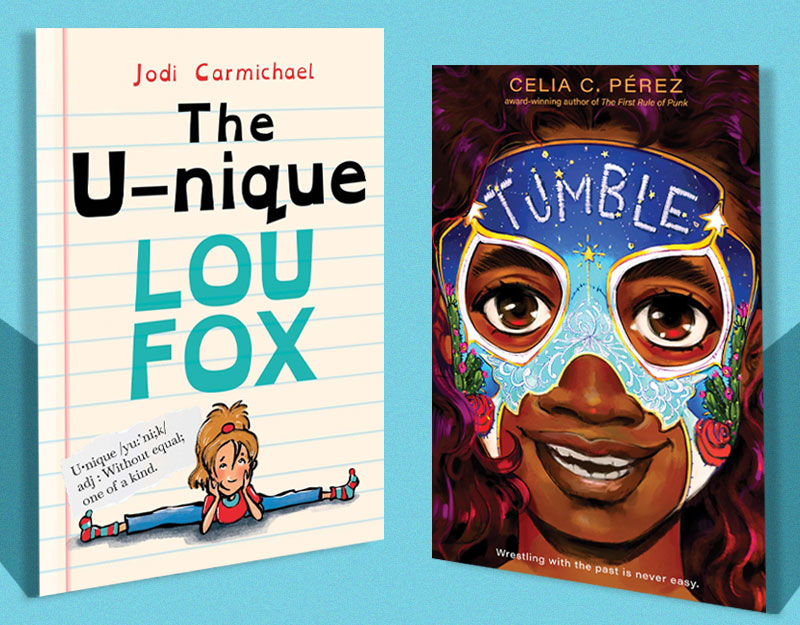
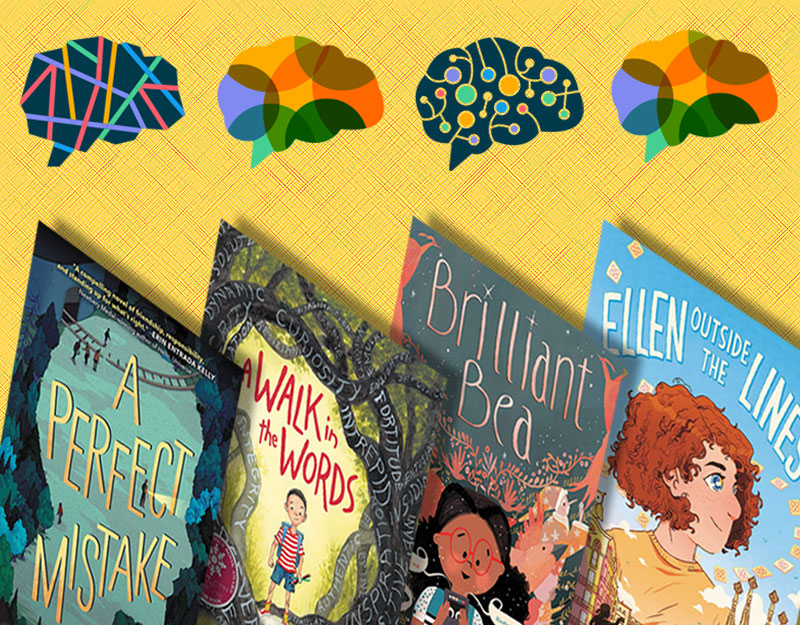
Wonderful blog post about two very important, but not well-known, people who made a real difference in the world in which they lived!